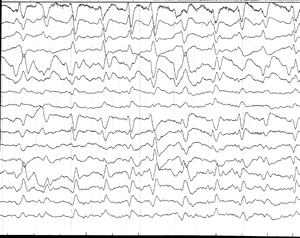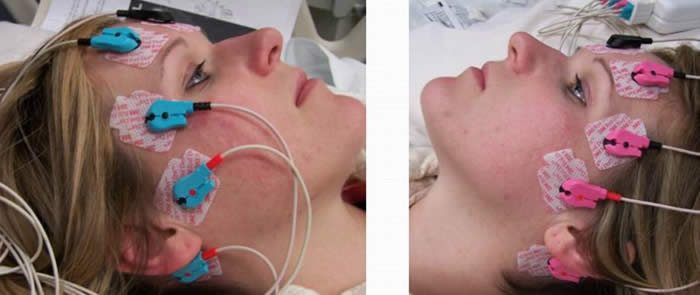|
ELECTROENCEPHALOGRAM; EEG; CONTINUOUS EEG; CEEG A Electroencephalogram or EEG is a test that is done at the bedside to measure the electrical activity of the brain. Similar to an EEG of the heart, the EEG looks at the electrical activity from several different areas of the brain. It is the only way to tell for certain if a patient is having a seizure. Certain EEG changes can tell us if the patient has suffered brain injury from a a lack of oxygen. It can also help us to predict a patients chance for brain recovery. Brain injury can show changes to the EEG pattern. An EEG technologist comes to the bedside to perform an EEG test. The test monitors the patients brain activity for a defined period of time (e.g., 30 minutes). The intermittent test will look at the brain from many different views. Another way to measure an EEG is through a continuous measurement. This method is useful in detecting "silent seizures", or seizures that do not produce muscle activity. The continuous bedside method is called Continuous EEG or CEEG. It uses fewer electrodes, therefore, does not look at the entire brain with the same degree of detail as an intermittent test.
|
|
|
|
|
|
|
|
|
|
Last Updated: October 23, 2014




